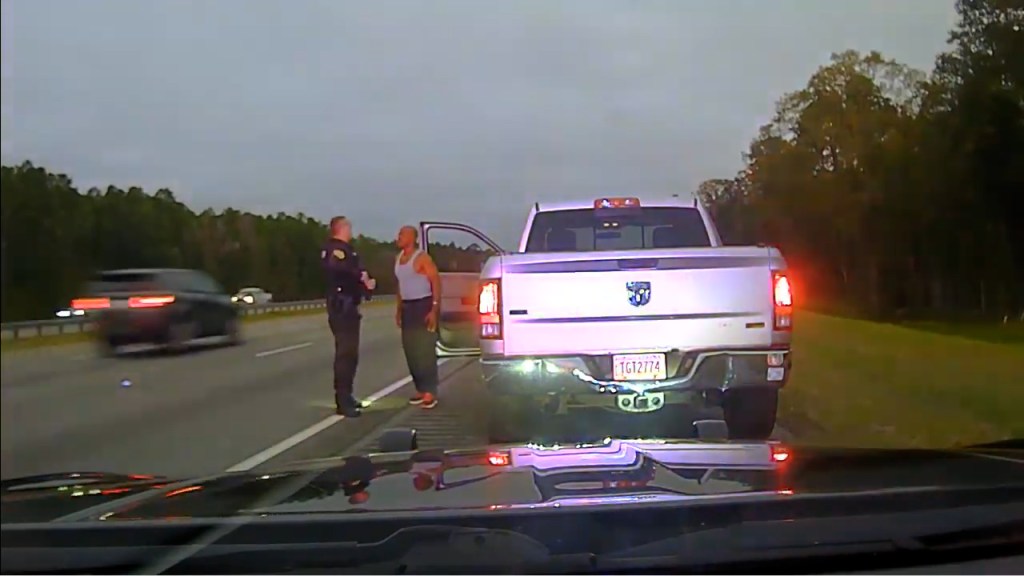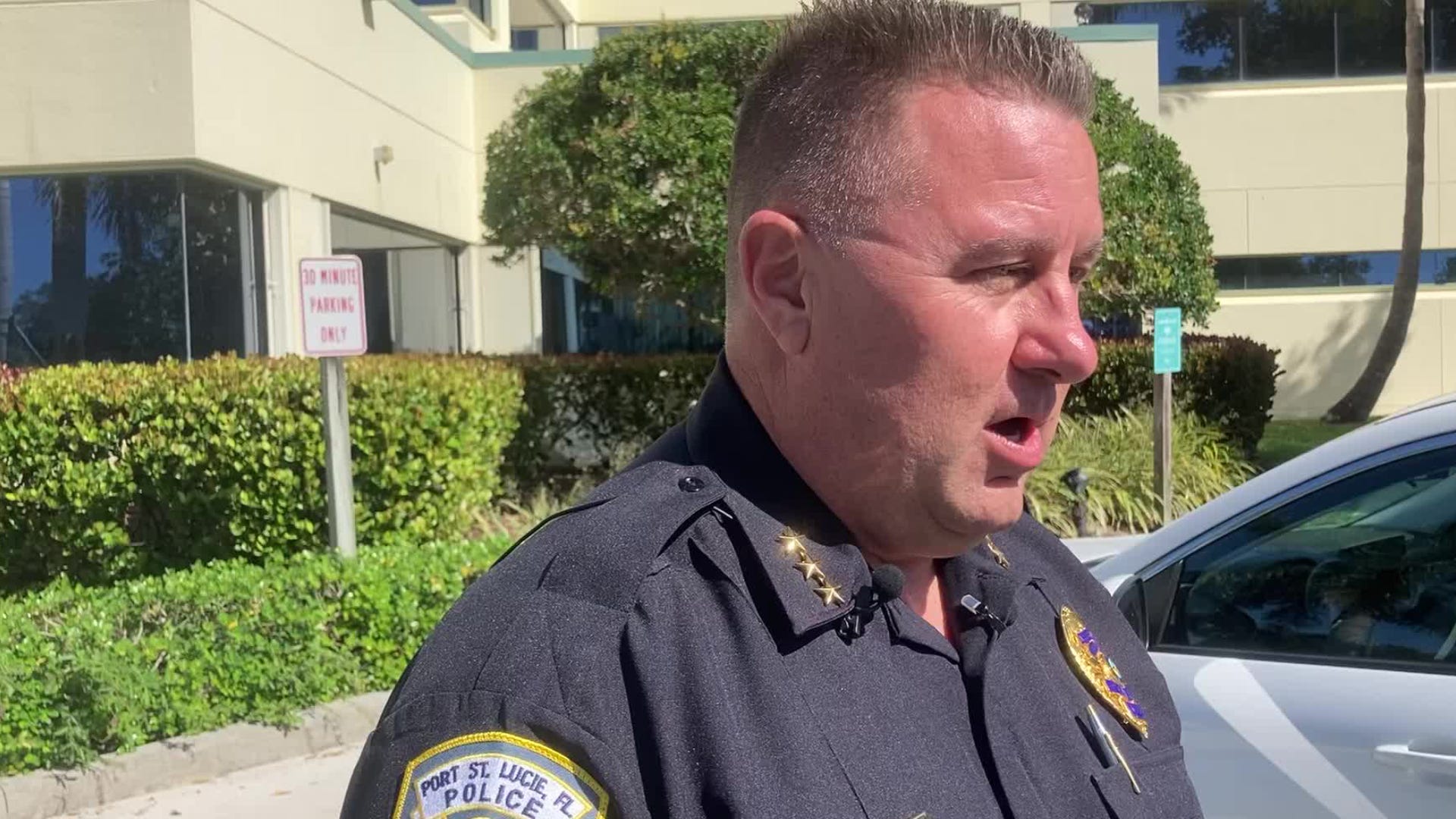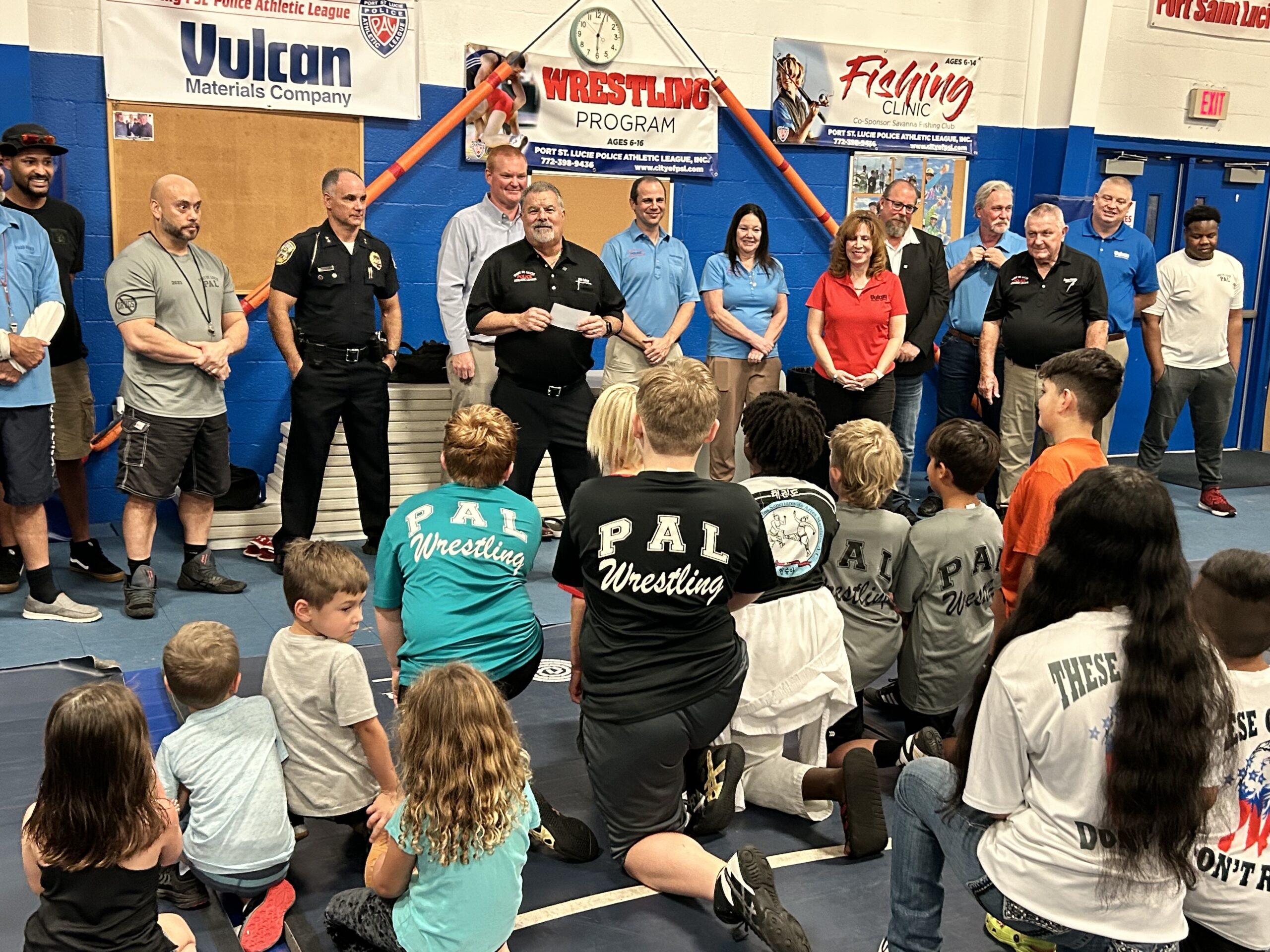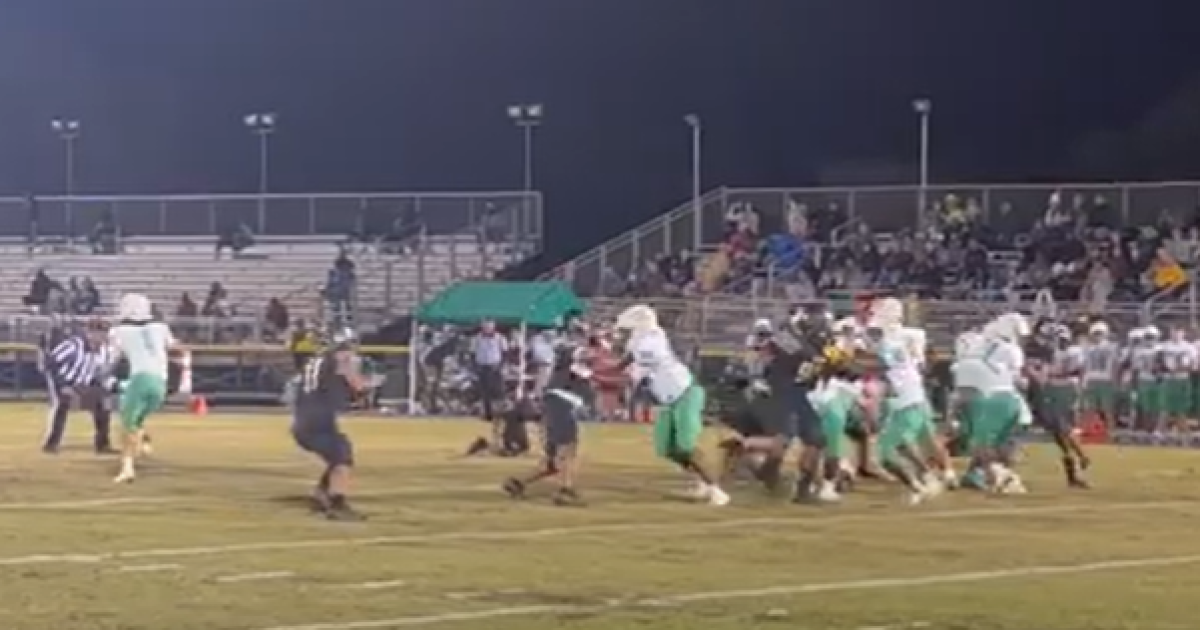Georgia police shooting echoes across Broward County
I’ve been pulled over for speeding.
In my reckless youth, it was not a rare occurrence. But even in the meanest reaches of the 1960s Mississippi Delta, my traffic stops never turned so instantly hostile. Not like Leonard Cure’s fatal encounter last month when he was shot on a Georgia roadside. Of course, I’m white — and race matters.
Cure, a 53-year-old Black man, was passing through the rural southeast corner of Georgia on Oct. 16, when he was pulled over on I-95 by a Camden County deputy known for thug tactics. Sgt. Buck Aldridge was not a study in the dispassionate calm associated with modern policing. Judging by the police dashboard and body cam videos, Sgt. Aldridge approached Leonard Allan Cure with unabashed rancor.
After an angry exchange, Aldridge shocked Cure with his Taser and attempted to handcuff him. But Cure wouldn’t cooperate. He turned on the deputy, grabbed him, tried to overpower him. What followed will be classified by police as a “righteous shooting,” a justifiable reaction.
The police video indicates that Cure was responsible for his own demise. But 400 miles south, a glum sense of culpability hangs over Broward County.
It was the Broward judicial system that sent Leonard Cure away for 16 years for a robbery he didn’t commit. Maybe that explains his irrational reaction on Oct. 16. Sixteen unwarranted years in the brutal confines of the Florida penal system must warp a man’s temperament.
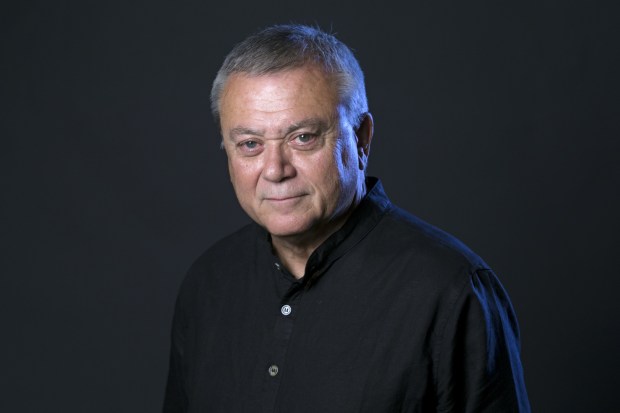
Rolando Otero / Sun Sentinel
Sun Sentinel columnist Fred Grimm (Rolando Otero, Sun Sentinel)
“I’m not going to jail,” Cure yelled as his confrontation with Aldridge escalated. The police officer heard only belligerence.
Down this way, Cure’s words can also sound like a man suffering a dreadful sense of déjà vu.
In 2004, Broward County tried Cure twice for the armed robbery of a Dania Beach Walgreens, despite a startling lack of physical evidence. The first trial ended with a hung jury, which said something about the prosecution’s case. His second trial brought a guilty verdict.
Sixteen years later, a conviction review unit established by first-term Broward State Attorney Harold Pryor re-examined the evidence against Cure and found that…

